Probably, many have seen landscapes with purple fields shown on television or the Internet. Small flowering plants create a real purple or purple sea, which captures the spirit. This plant is lavender. And immediately with him comes the Association with France and Perfumery, with a girl running along the fields with this beautiful plant. Not in vain, lavender is widely used not only in landscape design, but also applied in cooking, in creating perfume fragrances. In this article, we will consider the most popular type of lavender in our territory - the lavender is narrow-leaved or English. Describe its features, main varieties, consider agrotechnical cultivation.
Features and description of the lavender narrow
Lavender is a perennial evergreen shrub, which refers to the family of licorious and employs approximately 20 species. The homeland of this plant is considered to be the southern part of Europe, the Canary Islands, North and East Africa, Arabia and India. This is a natural lavender habitat, where it grows in a wild form. This plant began to use in ancient Rome and Greece. To cultivate, in our time, Lavender began in France in the 18th century. And today, cultural types of lavender are grown worldwide.
Lavender has several main species. The most common in the territory of Russia is a narrow-mounted lavender, since only this plant has the necessary level of cold resistance.
Description of lavender narrowed:
- Lavender narrow-leaved - it is also an evergreen long-term semi-stabiliar.
- It is the most frost-resistant and unpretentious type of lavender, so it is widely cultivated in our country. Alternatively, it can be grown even in a person or a pot and take the room for the winter. This is a very valuable feature for gardeners, because in the spring it is enough to transplant it into the garden and admire her beauty throughout the season.
- This type of lavender has several names, which often refer to a certain subspecies of the lavender narrow. This is a Lavender English, Lavender real, Lavender Colossed (Lavandula Officinalis \u003d Lavandula Spicata \u003d Lavandula Angustifolia).
- The lavender narrow-on does not have a central stem, but consists of numerous shoots, the number of which can reach 400.
- English lavender shrub can be low, medium and high. Height varies from 30 cm to 1 meter.
- The root system of the plant surface, adjacent to the surface. It is dense and unreserved, very branched.
- The leaves of this type of lavender are bright green, elongated and narrow, the edges of them slightly bent. Hence the name "narrow-car".
- The shoots at the plant are slightly publisted, so the bush itself seems to be Sizem.
- The inflorescence of the lavender narrow-cutting has a shape of a spikelet that consists of false mutoes. Flowers have blue with small shades of purple and purple. Due to the removal of a large number of varieties, other colors are possible.
- Lavender blooms at the end of summer, from June to August.
- Life expectancy in nature is 20-30 years. In our country in nature, it is found only to Kuban.
- A huge number of varieties with the possibility of growing throughout the territory are derived. Cultivated and as an industrial plant to obtain essential oils.
The main varieties of lavender narrow
Lavender narrow-on most suitable form for growing in Russia. Therefore, many breeders are trying to bring new varieties that would have improved characteristics. There are European varieties of lavender narrow-walled and varieties that have been derived specifically for the middle strip of Russia for industrial cultivation and decoration of the site design.
European varieties of lavender narrow
- Munster variety ("Munstead"). This lavender grade is distinguished by compact small bushes that can reach a height of 40 cm. Flowers have a classic saturated lavender color, it will be great to look good for the decoration of borders, tracks or flower. Such bushes are not afraid of winds, so they can be planted in open places.
- Grade "Hidcote". It is perhaps the most common type of English lavender and includes many different varieties. Most often it is used to create low alive elevations, as the bushes have small sizes and the crown they have spherical. A variety of such a subgroup is the Hidcote Blue variety, the colors of which have a bright purple blue tint. And the size of the bushes reaches only 40 cm. "Hidcote Giant" A higher representative of this type of lavender is narrowed, reaches 60 cm in height.
- Grade "Ellagance". This type of lavender narrowed is characterized by simplicity in cultivation. It can be seated in the garden or in pots and put in the room. This group includes several varieties. ELLAGANCE SKY is great for tagging lawns and flower. Prefers hot weather, purple-violet flowers. ELLAGANCE ICE has white or dark blue flowers, grows perfectly in the garden and in containers. ELLAGANCE PINK is an unusual grade whose colors have a gentle pink shade.
- Rosea variety. The lavender is a narrow-in-law of this variety reaches a height of 40 cm and has a lilac-pink shade inflorescences.
- Alba variety boasts pure white colors.
In addition to the listed varieties, which are derived in Europe and comply with a certain climate, there are also varieties of lavender of a narrow Russian selection. They are special zoned varieties for cultivation in certain territories of Russia.
Varieties of lavender narrow Russian selection
- Grade "Record". It is a zaponized industrial variety of lavender narrow, medieval and high-yielding. It is grown due to the high concentration of oils.
- Grade "Steppe". It also relates to industrial varieties, is popular due to the large content of essential oils. Mid-line variety.
- Grade "border". It is a decorative variety that was derived in the State Botanical Garden. In height can reach 45 cm, which is great for the decoration of borders and tracks. Differs highly resistant to local climatic conditions.
- Lavender narrow-on Voznesenskaya 34. Also the zoned variety of lavender, which is perfect for growing in Russia.
It is only a small list of the most popular varieties of lavender narrow-leaved.
Preparation before landing
Lavender is a fairly thermo-loving plant, prefers a hot climate. Since this climate is missing, we need to carefully prepare for the landing of the lavender narrow-walled, which is less so hot and more enduring. Be sure to choose the right place and pay great attention to the preparation of the soil.
Choosing a place
The choice of place for landing lavender narrow-in-law depends on the specific variety. First you need to decide where you want to plant a lavender: in the garden in the ground or in a pot. For the pot, low-spirited varieties are perfectly suitable, which look perfectly in this type of landing. Such a lavender can be seated in the garden in the summer, and with the onset of the cold, take the house again.
For the formation of borders and garden tracks, the dwarf varieties of lavender narrow-walled varieties are also suitable. If you want to decorate the alpine slide or highlight some kind of garden plot, you can apply tall varieties of lavender.
Lavender prefers to grow on fertile soils on elevated areas that are reliably protected from wind gusts. At the selected place, there must be a lot of sun, since the lavender is a thermal-loving plant. However, it is necessary to take into account that the lavender does not take close to the groundwater. From this she can perish.
Preparation of soil
Lavender narrow-tightly grows perfectly on loose, freshly walked, moderately nutritious and lime soils. Never plan this shrub on sour or clay lands, lavender will not grow there. It is in heavy clay soils that water is held, and from this plant can die.
For planting it is necessary to prepare a special mixture, which will consist of a sheet of land, humid and sand, which add full mineral fertilizer.
Lavender landing narrow-leaved
Lavender in its own demanding plant and requires careful preparation before planting. But, if everything is done, as a result, you can get a beautiful plant that will be the pearl of your garden.
Before boarding the lavender, narrowing must open the ridges to a depth of 60 cm, and then cultivated them. The landing scheme depends on how you want to plant a lavender. If you gathered to grow a live fence, then between plants you can leave two times less than the height of the bush. If you don't quite warm the climatic zone, it is preferable to plant a lavender into large pots to pick them up in the indoor at the occurrence of cold weather.
Next, the method of landing depends on the reproduction of lavender.
Landing cuttings
This is one of the most simple methods of growing lavender narrow. Optimal for this type of landing Time - June-July. On an adult bush, it is necessary to cut one year old shoots and cut the middle parts. Next, they must be cut into small cuttings with a length of 10 cm. Then the prepared planting material should be coincided with the fertile soil in the greenhouse, it is plentiful to pour and hide the film. The whole period of rooting should be watering the cuttings and ventilated. Roots should appear in a month, so the lavender permanent place can be planted by the end of August. It is necessary so that the plant gained strength before winter.
Landing with letters
Another ways to land the lavender narrow-leaved is landing with gag. To this end, it is necessary to choose strong and healthy branches on the bush. Then you should dig up the grooves around the perimeter of the bush and burn the selected shoots. The branches are sprinkled or pinch. It is important to constantly water the gag. The separation of a young plant is made by the following spring.
Sowing seed lavender narrow
The cultivation of the lavender narrowing of seed is perhaps the longest process of obtaining young bustle. First you need to prepare seeds. Lavender, they are very small, but everyone is wonderful and they do not need stratification. You can begin to hang out seeds already in February. To do this, prepare a container with a wet peat or sand. Then write seeds and cover the containers with a film and place them in a cold place with a temperature of no more than 5 degrees. It can be a basement or refrigerator. The duration of this process is 30-40 days. After that, the container is transferred to a warm room with a temperature of 15-16 degrees for germination of seeds.
When 3-5 leaves appear on young seedlings, they can be seen in individual pots. In the ground, such bushes are planted in May.
Alternatively, seeds can be sown directly into the ground. But then this place will need to be covered before the onset of frosts.
Division bush
For this method, it is necessary to cut a bush in the fall, leaving only 8-10 cm and dip it. In the summer, young shoots should appear on it, and in the fall, you can begin to divide the bush.
The bush is digging and the root system is soaked in water for 90 minutes. The tops of the shoots can be cut off. Be sure to follow the fission, not to damage the roots.
The treatment of lavender narrow
Caring for lavender narrowed sufficiently simple and includes the most basic stages. This is periodic watering, loosening and mulching of the soil, feeding and pruning.
Watering
Lavender needs abundant irrigation only in dry periods, and at another time should be followed in order not to pour the plant. Shrub does not tolerate moisture, the root system can start garn. Optimal watering mode - as the soil drying.
Loosening and mulching
Lavender narrow-leaved does not like tight soil, she needs a constant air flow. Therefore, the obligatory stage of the plant care is considered to be loosening the soil and the removal of weeds. You need to loosen often, while it is necessary to do it carefully. Watch not to damage the roots.
You can simplify this process by applying mulch. As a mulch, use the fuel or special colorful substrates.
Podchar
Lavender bushes react perfectly to fertilizer. The use of complex mineral fertilizers will be optimal. At the beginning of the growth of the plant, nitrogen fertilizers must be made, and during flowering complex minerals.
Trimming
If you want to create beautiful bushes that will decorate your plot, the crown must be trimmed. In this way, you can give any form. Everything will depend on the variety of lavender and the height of the plant. This procedure is needed to remove inflorescences after the first flowering. Escapes must be cut a little bit. The main thing is that it was above the level of the weird escape.
Preparation for winter
If the lavender is in the garden, it is necessary to provide her reliable shelter from frosts and the absence of snow. Coniferous branches are perfectly suitable as shelter, but not foliage. Pre-shoot must be slightly cut. In winter, you can throw more snow on the bush.
If the lavender grows in a tub or pot, then it needs to be taken to the room where it will winter.
Fighting pests and diseases
Lavender is narrow-on is practically not subject to injuries from pests and diseases. Sometimes the plant can get sulfur with gray rot, which can lead to disagreement of various parts of the plant. These parts must be removed and burned.
From pests worth noting the penitz, which lay the larvae on the bushes of Lavender. For protection, they are covered with foam in the form of saliva. Harm does not bring the plant and you can simply wash off the larvae with water.
The use of lavender narrow-leaved
Lavender - excellent garden decoration. It can be used to create alive hedges and for the framing of garden tracks. It looks great in single landings and in creating compositions for alpinarias, roccar. Lavender can be seen in public and large pots, which also looks spectacularly on the site.
Lavender attracts a large number of bees that can pollinate other plants. Bees, sitting down on the lavender, pegs it and at the same time the plant exudes a beautiful fragrance.
Lavender essential oils scare the pests. Therefore, this plant can be planted along vegetable beds.
Lavender can be used as a spice, as well as the interior decor.
Lavender is an unusual and exotic plant that can decorate any plot and bring great benefits in the fight against pests of plants. And the opportunity to get such a plant costs just a small effort on landing and care.

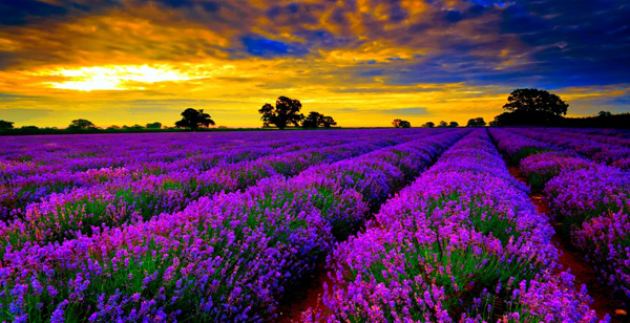
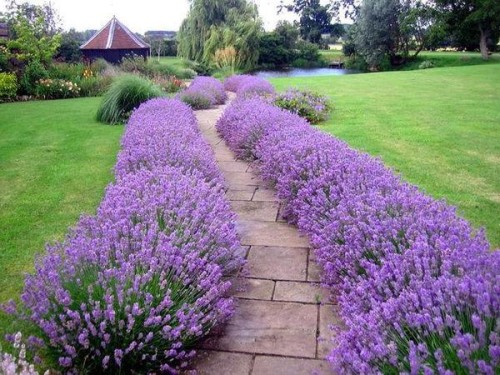
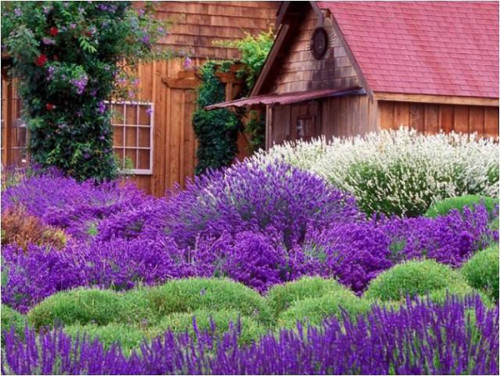
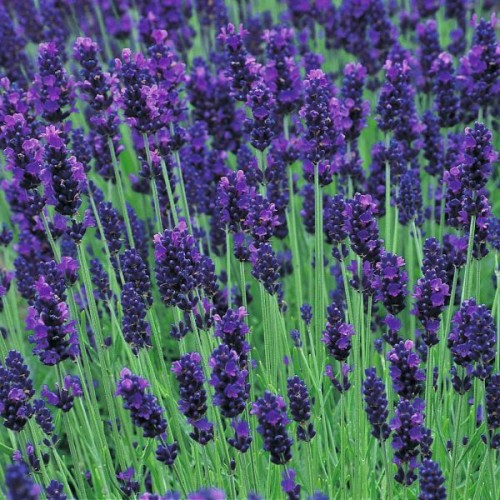
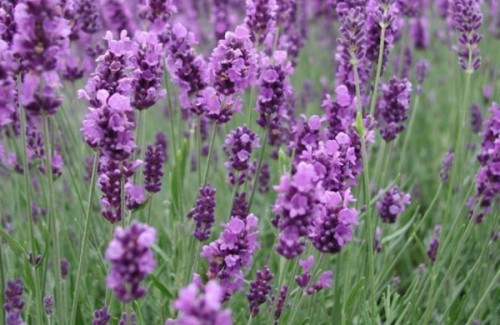

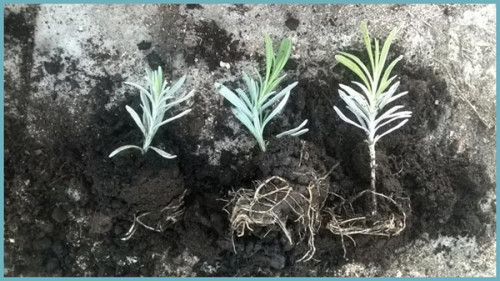

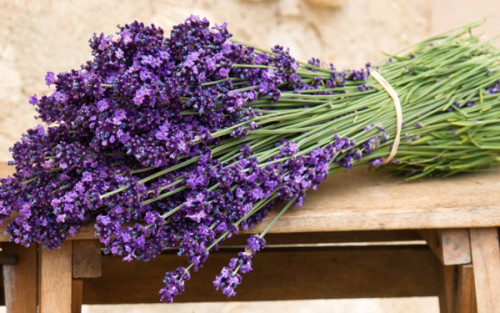
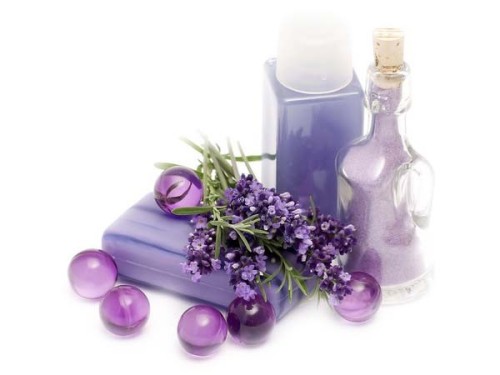












 Start a discussion ...
Start a discussion ...